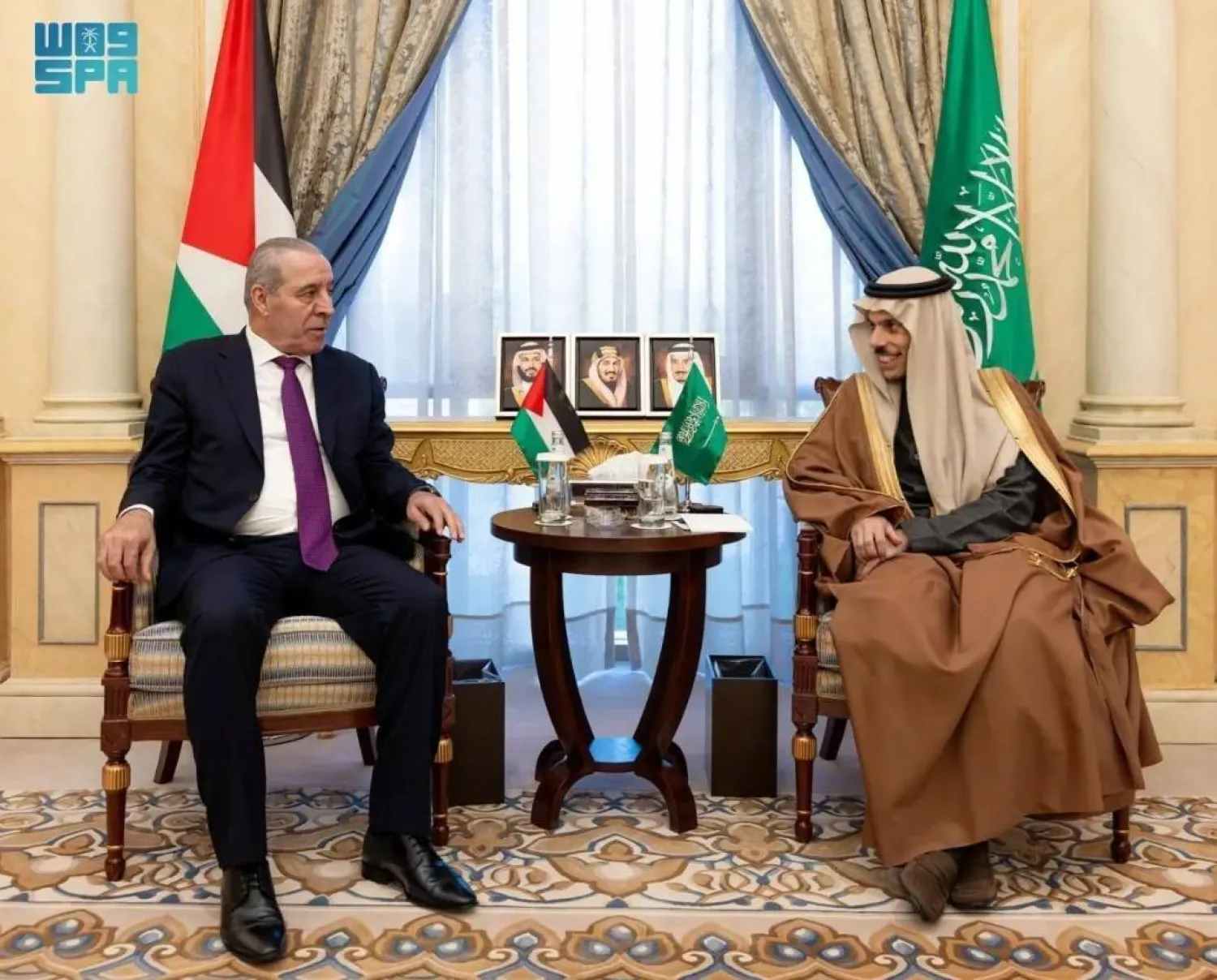The Pentagon announced on Tuesday that it is not considering moving its Central Command (CENTCOM) operation based at al-Udeid Air Base in Qatar.
Pentagon Spokeswoman for CENTCOM Rebecca Rebarich said in a statement that US forces will continue using this base in the future and will expand CENTCOM’s operational range, specifically the US Air Force in the region.
This is part of a strategy to increase the command's ability to have air control throughout its area of, she said.
Rebarich’s remarks follow media reports indicating that the US Air Force has temporarily moved its Middle East command and control center from Qatar to South Carolina as part of a training.
The Washington Post quoted air force commanders as saying that “moving functions to a different base was a long-held ambition enabled by new technology, but it comes amid renewed tension with Iran.”
The air power of the United States and its allies was being controlled by teams at Shaw Air Force Base in South Carolina, more than 7,000 miles away.
Though the move was only temporary — al-Udeid took back control after 24 hours.









